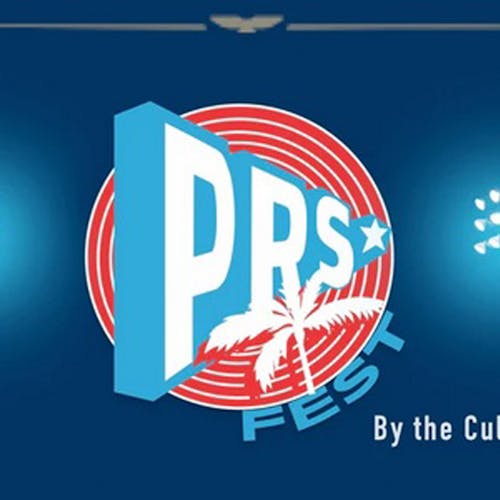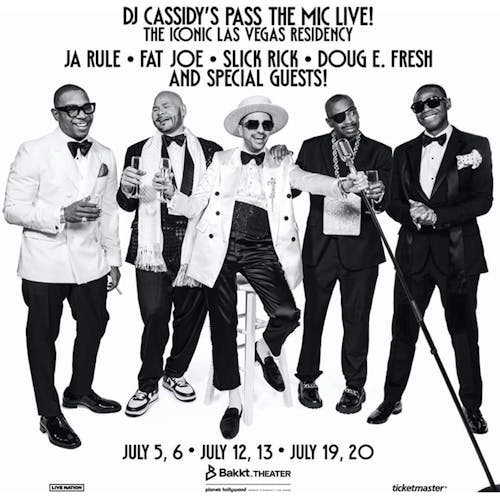
When Suge Knight was charged with murder in the hit-and-run death of former associate, Terry Carter —and with attempted murder after striking another man with his pickup truck in the same incident — his lawyer, Matthew Fletcher, said the $25 million bail amount was excessive — even for someone accused of murder. Fletcher then referenced the late Gambino family crime mob boss, John Gotti, who was freed on $10 million bail in 1998.
It certainly wasn't the first — nor the last — time Knight was compared to the "Teflon Don." In the '90s, his larger-than-life persona — with hulking cigar and diamond pinky ring which spelled out "Mob" — was viewed by the press as someone unabashed about his criminal behavior like the former Gambino head honcho. While Fletcher's point was intended to showcase that his client wasn't as infamous as the reputed crime figure, the mention of John Gotti was but another example of the complicated relationship between Hip-Hop and the Mafia.
Kool G Rap is often credited with bringing "Mafioso rap" to the forefront on his debut project, Road to the Riches. The title track of the same name illustrates his humble origins on a pathway towards wealth. Of course, these are the same elements we see with crime figures who have grown larger than life like Al Capone, Bugsy Siegel, Meyer Lansky, and of course, John Gotti.
It's an interesting dichotomy. On one hand, immigrant groups like the Italians, Irish, and the Jews have a lot in common with the Black experience. As outsiders, many were forced to take out of an acknowledgment that there would be no handouts.
According to The New York Times, darker skinned southern Italians endured the penalties of blackness on both sides of the Atlantic — especially those who immigrated to the heavily segregated South. Italians who had come to the country as “free white persons” were often marked as black because they accepted “black” jobs in the Louisiana sugar fields or because they chose to live among African-Americans. These Sicilians were outcasts amongst their Italian brethren — stemming from the days when the Moors invaded Sicily — and found similar "outcast status" in America.
While the Sicilian born Italians formed La Cosa Nostra in the '20s, there wasn't an official Black equivalency until a half-century later.
Anthropologist Francis Ianni is credited with coining the term, "Black Mafia" in his 1974 book of the same name. The field works was undertaken by a team that he called, “Buddha and the Seven Thieves" — eight men who were recruited from the Rikers Island prison. They received permission from the New York City Correction Department and their parole boards to become anthropological researchers of organized crime operations in Harlem, Bedford‐Stuyvesant and in Paterson, N. J.
Ianni's major take away was, "Virtually all other phases of organized crime will be controlled by blacks in a natural phenomenon, “marking the process of ethnic succession.”
“It has always been the ethnic group at the bottom of the ladder which uses crime as the way to societal acceptance,” Ianni said. “First it was the Irish, then the Jews. Now it is the Italians but their control is dwindling. Next it will be the Blacks and Hispanics.”
Much in the same way that Hip-Hop was something that minority kids could take ownership of, that spirit existed for Black gangsters like Nicky Barnes in illicit activities like prostitution, larceny, gambling, and extortion. In reality, Hip-Hop and the Black Mafia grew along side one another.
As a result, early Hip-Hop artists began to namecheck Nicky Barnes like on the Funky 4+1's "King Heroin." Yet, the mention of other Black underworld figures like Bumpy Johnson and and Frank Lucas would be absent as Hip-Hop's popularity grew.
On one hand, the music of that era was more focused on feel-good moments. However, Grandmaster Flash and The Furious Five's "The Message" was an example of connecting the streets with the music. Yet, when criminality and music began to play in the same sandbox, it was the white Mafioso who became legendary outlaws in the spirit of Robin Hood.
Whether it was Nas on Illmatic or 2Pac on "Me Against the World," the name "Capone" was heralded with great reverence despite a direct correlation between the Chicago Outfit, and the extortion of Black and Brown people.
Names like "Fat Cat" and "Pappy Mason" eventually entered the Hip-Hop lexicon. Whereas surnames like "Capone" and "Gotti" were universally recognized across the board, the likes of Nas and JAY-Z finally spoke of the figures in the criminal underbelly who didn't get wide national attention like the Mafia figures did.
While this certainly speaks to the increased autobiographical nature of the music, one could also make the argument that Hip-Hop artists finally got wise about the men they were trumpeting as the end all, be all, of power, wealth, and charisma.
In a cruel twist of fate, we've seen how RICO laws — intended to bring down the mafia empire — have become tools to incarcerate MC's, DJ's, and producers like DJ Drama and Bobby Schmurda.
The connection between Mafia-style criminality and Hip-Hop continues to this day — suggesting the longhand notion that crime...does in fact...pay.



